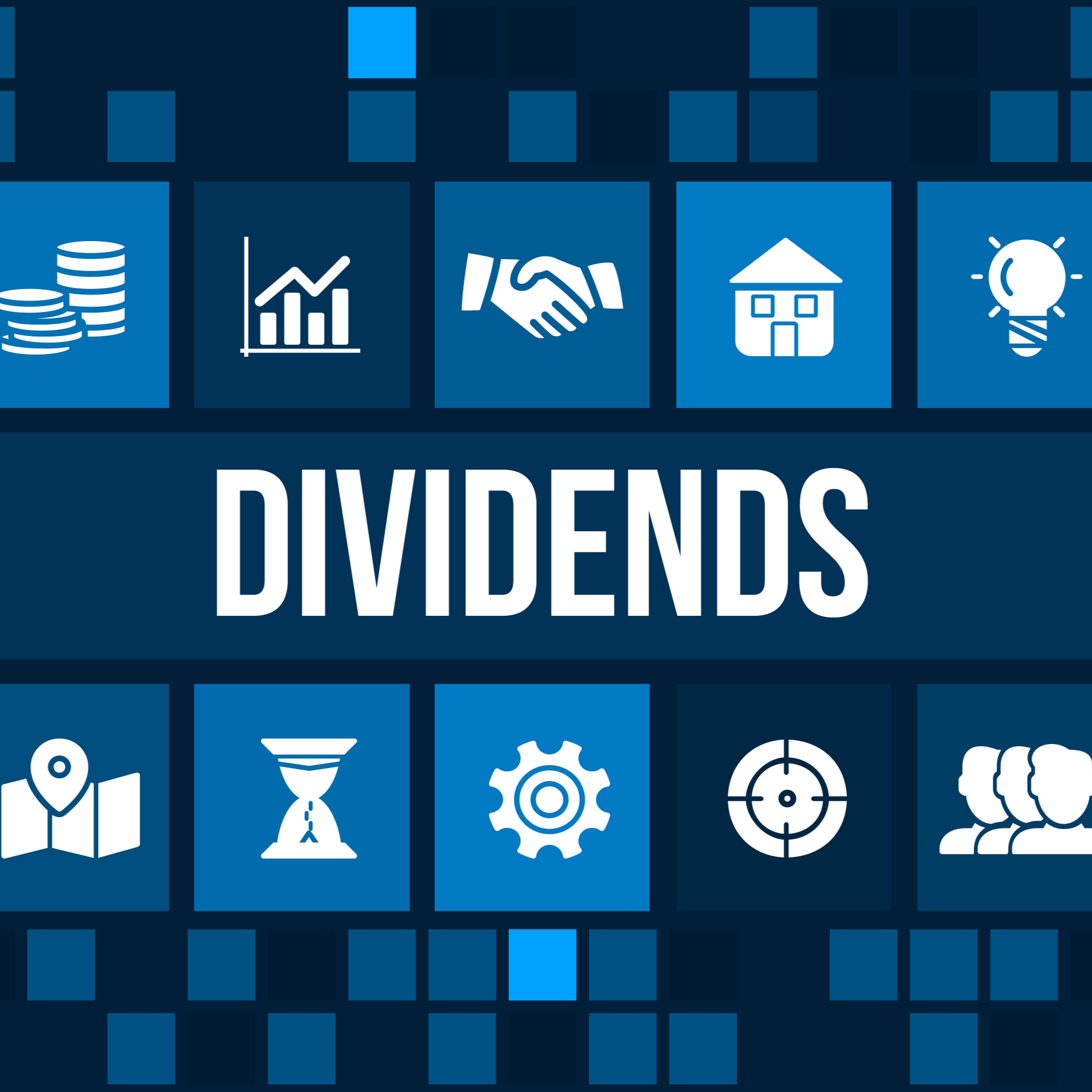Investing
Dividend Growth Trends Now Shown to Be Under Pressure for Dow and S&P Stocks

Published:
Last Updated:

Investors love dividends and stock buybacks. Buybacks can signal a short-term opportunistic action if a share price is low, or they can offset dilution from stock options or acquisitions. Dividends are generally intended to signal that business managers are confident in earnings for years into the future. After years of dividend growth, and after years of dividend chasing, now investors are being told that the overall climate is one in which U.S. dividends remain under pressure.
Some data may seem logical based on pricing trends. Other data may look quite surprising after so many years of witnessing endless dividend growth from the nation’s largest companies. Much of this is being tied to energy stocks, but there are more lessons to take from this than just that energy remains pressured.
The long and short of the matter is that more dividend cuts and eliminations are taking place at a time when the percentage of dividend hikes and the magnitude of those hikes are not improving.
S&P Dow Jones Indices has now shown that the indicated dividend net increases, which is increases less decreases, rose to $7.3 billion during the second quarter of 2016. This gain for U.S. domestic common stocks was shown to represent a substantial gain versus the first quarter of 2016, which saw a $3.9 billion gain. Where things head south is in the year-over-year comparisons, and that signals serious deceleration.
Standard & Poor’s notes that the dividend gains remain 41.9% under the second quarter of 2015, back when the net increases were $12.5 billion. And for the 12-month period ending June 2016, S&P is showing that net dividend increases fell by 49.9% to $24.8 billion (versus an increase of $49.5 billion for the 12-month period ending June 2015).
It turns out that the numbers are being driven by dividend decreases over the 12-month period ending June 2016. In that comparison, dividend decreases rose a whopping 157% to a sum of $20.9 billion in total dividend cuts. That is versus $8.2 billion in dividend cuts during the 12-month period ending June 2015.
Howard Silverblatt, Senior Index Analyst at S&P Dow Jones Indices, said:
Energy issues accounted for 43% of the dividend cuts and 71% of the dollar cuts in the second quarter, as mid-cap and small-cap issues were the majority of dividend dollar cuts.
U.S. dividends continue to be under pressure as fewer issues are increasing payments and those issues that do increase do so at a lower rate. Within the S&P 500, the average dividend increase for Q2 2016 was 10.56%, down from 10.62% in Q1 2016 and 13.08% for all of 2015. The pace of dividend cuts continues to rise, as Q2 saw a substantial increase in cuts from mid- and small-cap energy issues, with the overall aggregate dollar 12-month cuts rising 157% over the prior 12-month period. Yet, the dividend increases continue to outweigh the decreases.
Additional explanations and data for dividend trends within the S&P indices and the Dow Jones Industrial Average were shown as follows:
- 504 dividend increases were reported during Q2 2016, compared to 562 increases reported during Q2 2015, a 10.3% year-over-year decline.
- For the 12-month period ending June 2016, 2,675 issues increased their payments, a 13.5% decrease from the 3,092 issues that increased their payments during the 12-month period ending June 2015.
- 158 issues decreased dividends in Q2 2016, compared to 85 in Q2 2015, an 85.9% increase.
- For the 12-month period ending June 2016, 657 issues decreased their dividend payments, compared to 389 decreases in the 12-month period ending June 2015, a 68.9% increase.
- The percentage of non-S&P 500 domestic common issues paying a dividend rose to 49.5% from the 47.7% posted in Q1 2016 and the 48.7% rate posted in Q2 2015.
- The weighted dividend yield for paying issues increased to 2.69% from 2.49% in Q1 2016 and the 2.59% seen during Q2 2015.
- 418 issues, or 82.8%, within the S&P 500 currently pay a dividend. All 30 members of the Dow Jones Industrial Average pay a dividend.
- 69.3% of the issues within the S&P MidCap 400 pay a cash dividend, a decrease from 70.3% in Q1 2016.
- Within the S&P SmallCap 600, 51.4% of the issues pay a dividend, which is unchanged from Q1 2016.
After two decades of reviewing financial products I haven’t seen anything like this. Credit card companies are at war, handing out free rewards and benefits to win the best customers.
A good cash back card can be worth thousands of dollars a year in free money, not to mention other perks like travel, insurance, and access to fancy lounges.
Our top pick today pays up to 5% cash back, a $200 bonus on top, and $0 annual fee. Click here to apply before they stop offering rewards this generous.
Flywheel Publishing has partnered with CardRatings for our coverage of credit card products. Flywheel Publishing and CardRatings may receive a commission from card issuers.
Thank you for reading! Have some feedback for us?
Contact the 24/7 Wall St. editorial team.